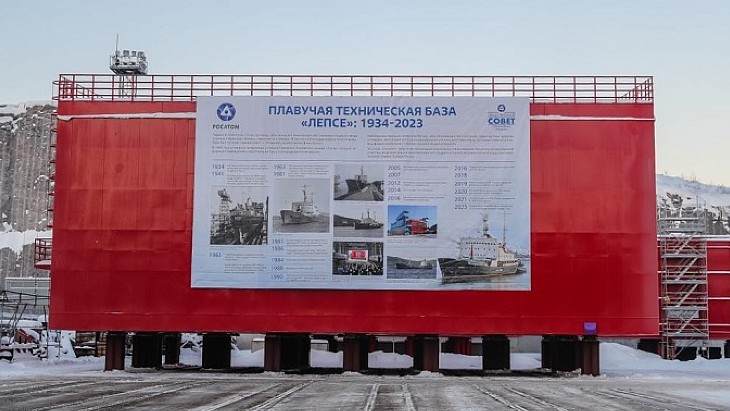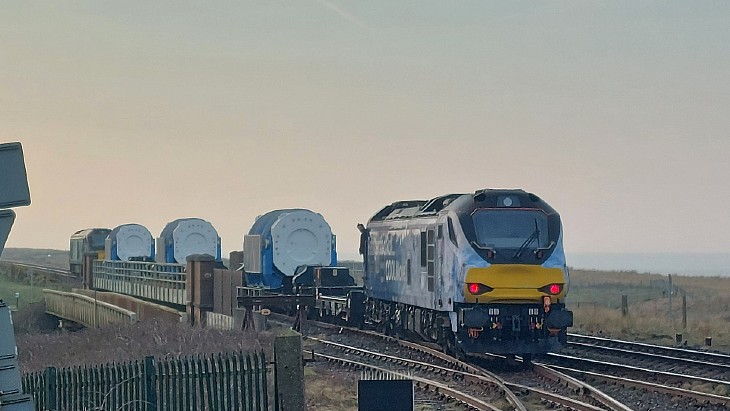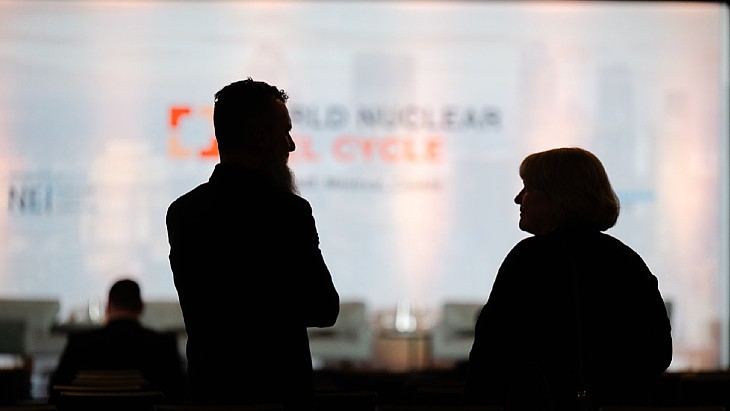Dismantling of Lepse nuclear service ship completed

The Lepse was a service ship for the Soviet icebreaker fleet from 1934 to 1988. It was moved in September 2012 to the Nerpa shipyard in Snezhnogorsk in the Murmansk region of Russia for dismantling. It held 639 damaged and distorted used nuclear fuel assemblies which could not be removed from their specialised storage facilities and represented a serious radiological hazard for the region. In a process which was supported by the European Bank for Reconstruction and Development, the decision was taken to carve up the ship.
The Lepse was dismantled to form two large storage packages, one of which held the used fuel, and was moved into a containment shelter constructed for defueling operations and equipped with removal tools. The fuel is being sent for reprocessing at the Mayak Chemical Combine in the Urals.
According to Rosatom the last section of the vessel, the bow, has now been placed in the Sayda-Guba reactor compartment storage facility.
Andrey Nikipelov, Rosatom's Deputy Director General for Mechanical Engineering and Industrial Solutions, said the corporation was "eliminating the nuclear legacy and the toxic industrial production legacy" and had created a new radiation and chemical waste infrastructure: "For more than 20 years, we have systematically cleaned the coast of the Arctic and the Far East from radiation-hazardous objects - disposed of decommissioned nuclear-powered submarines and auxiliary ships ... today is a special day for us: one of Rosatom’s landmark environmental projects - the dismantlement of the Lepse Floating Technical Base - has been completed. Now there is one fewer hazardous objects in the Arctic."
The removal of used nuclear fuel from the area continues with the aim to remove the rest from the storage facility in Gremikha by the end of 2025. More than half of the used fuel has also been removed from the facility in Andreeva Bay which serviced nuclear submarines and contained used fuel assemblies, with the work planned to be completed in full by 2028.
_17992.jpg)
_75800.jpg)








_50521.jpg)

